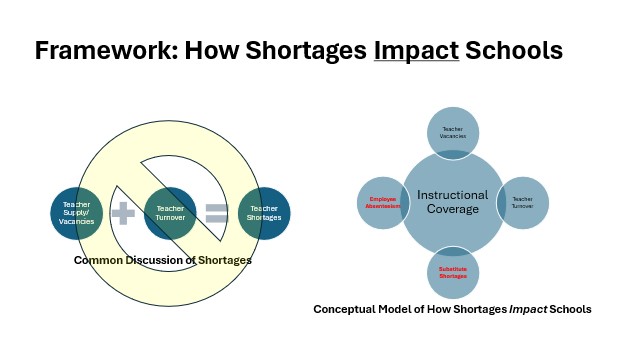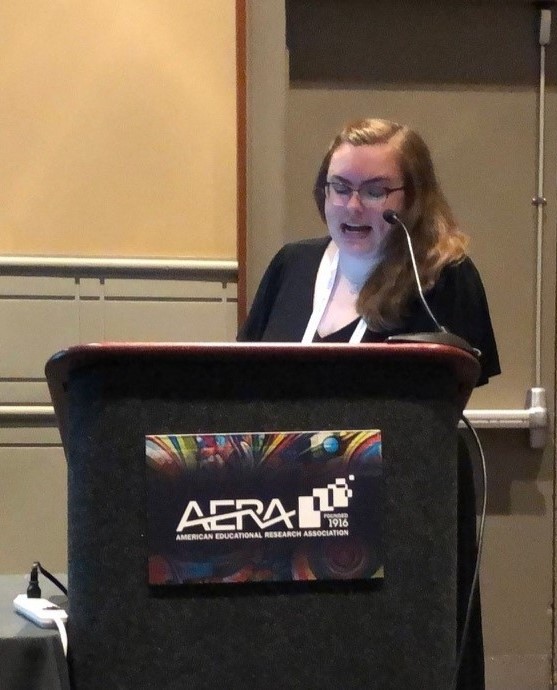
At the American Educational Research Association (AERA) 2024 Annual Meeting, PPA researchers took part in a panel entitled “A Profession in Crisis? New Data on the Challenges of Recruitment and Retention of the Educator Workforce.”
In September 2023, The Michigan Alliance for Student Opportunity (The Alliance) in collaboration with PPA, and researchers from Michigan State University and the University of Michigan, released the report The State of the Educator Workforce in Michigan: An In-Depth Look at K-12 Staffing Challenges. The report examined the state of Michigan’s education workforce, and the challenges Michigan faces with K-12 staffing. This report and research made up the two presentations PPA researchers gave as part of the panel.
The year-long study investigated the scope of staffing challenges in all sectors of Michigan’s education system and identified how other states and districts have responded to these challenges. This included analysis of state-level and local administrative personnel data; surveys and interviews of central office administrators, school leaders, teachers, substitutes, and other staff, as well as an intensive review of the existing research literature and the strategies of other states for strengthening the K-12 labor force.

Select findings from survey data point to significant issues with the teacher pipeline:
- More than 50% of district leaders reported that there is more demand, less supply, and greater turnover for all types of building positions than before the pandemic.
- Approximately 44% of school leaders reported that special education is the most difficult type of teaching position to find qualified staff for, followed by mathematics (17%) and science (14%).
- Two in three district leaders (67%) said that one of the biggest reasons for teacher vacancies in their district is that teachers were leaving to teach in another district.
- Six in ten district leaders (60%) agreed or strongly agreed that neighboring districts poaching (actively recruiting) their teachers is a serious staffing problem.
- When asked why substitute teachers are most often needed, more than 3 in 4 district leaders (77%) identified teacher illness (including physical and mental health, burnout) as the most important reason.
- Almost all district leaders (98%) and school leaders (96%) said there are not enough substitute teachers in their area to meet their day-to-day (short-term) needs.
The PPA team participating on the panel were Rebecca Frausel and Dirk Zuschlag.
You can read the report here.

